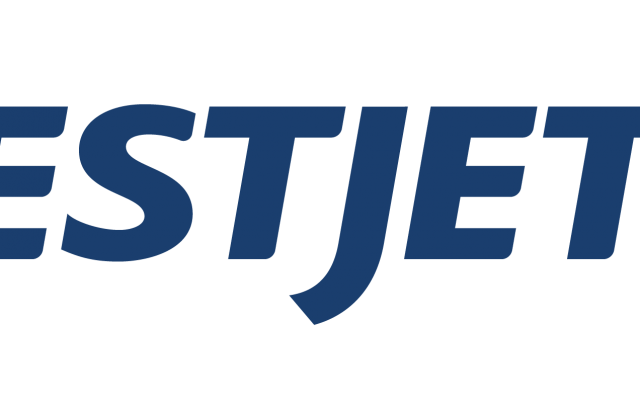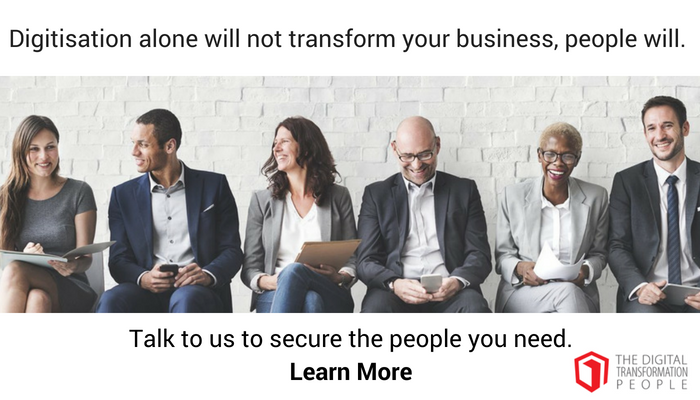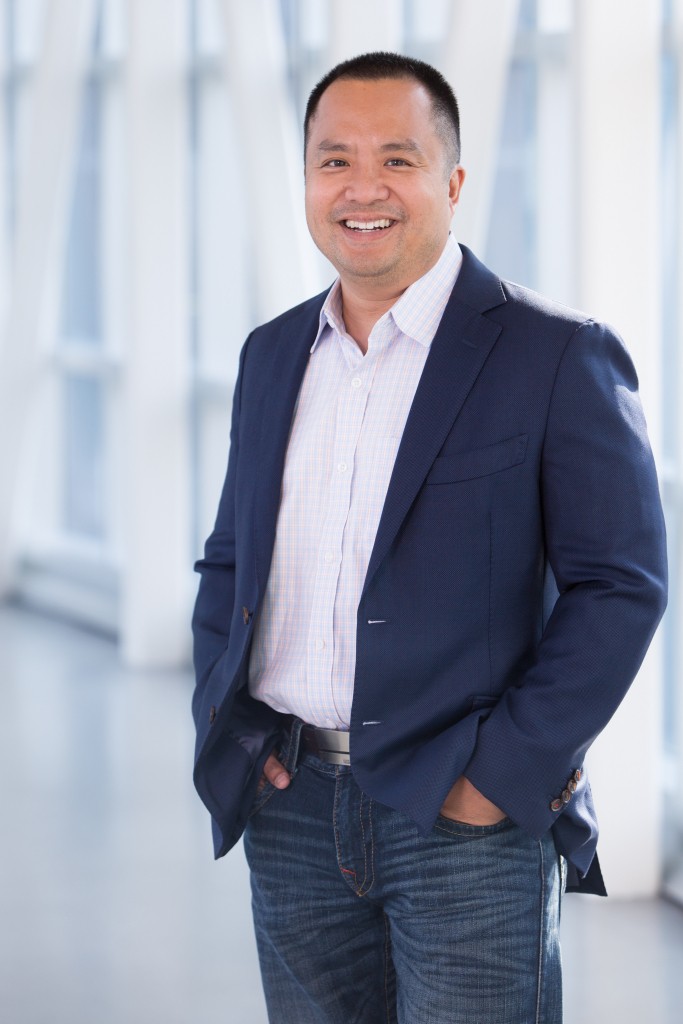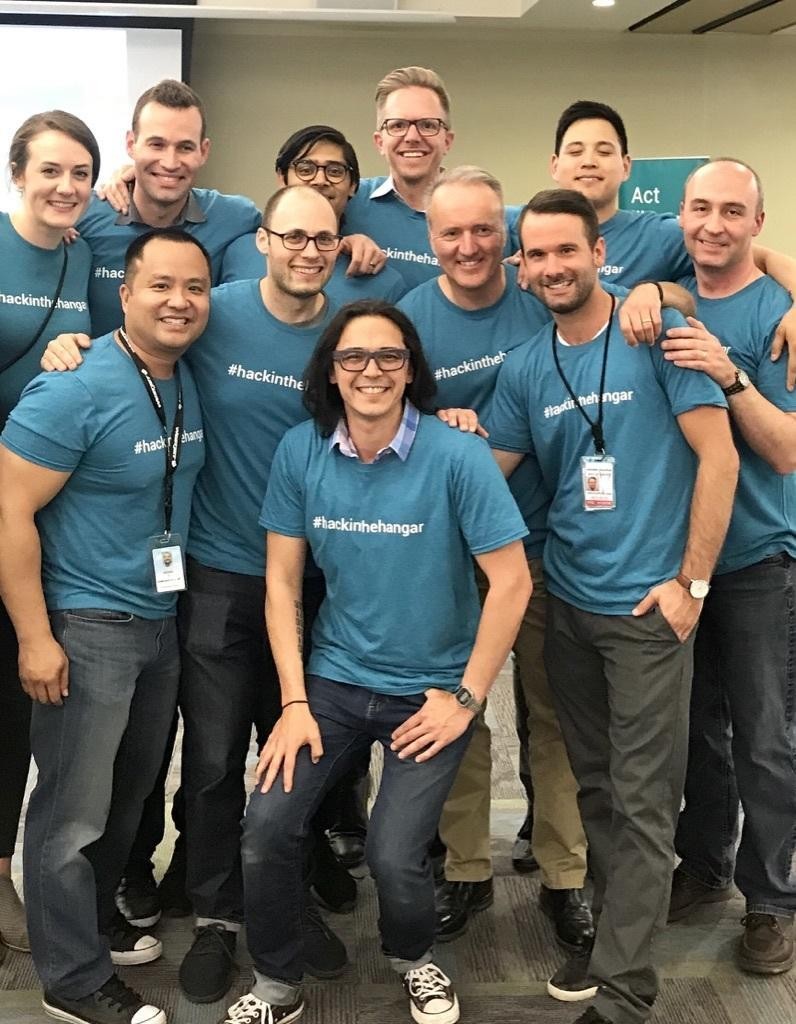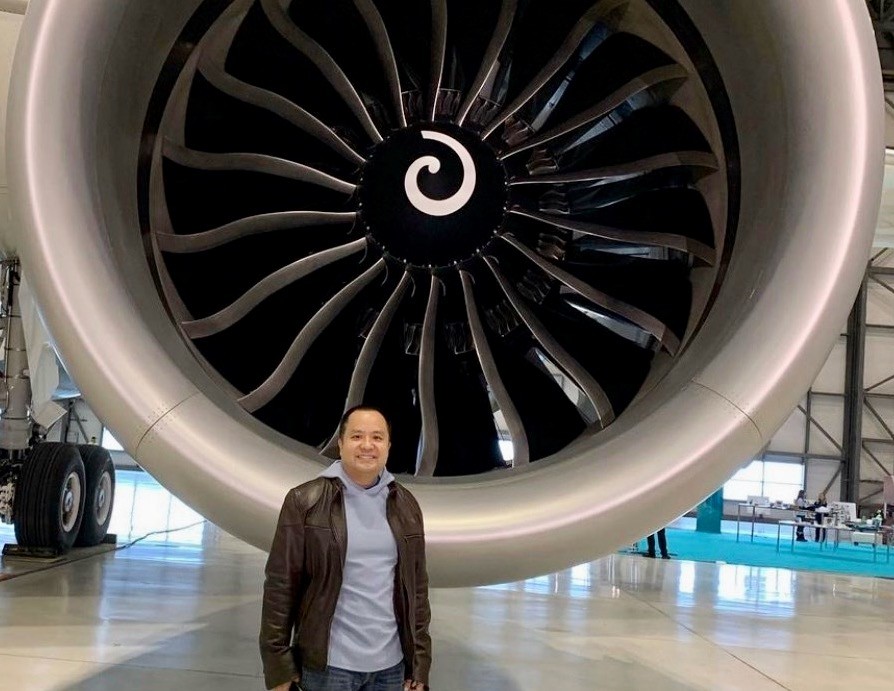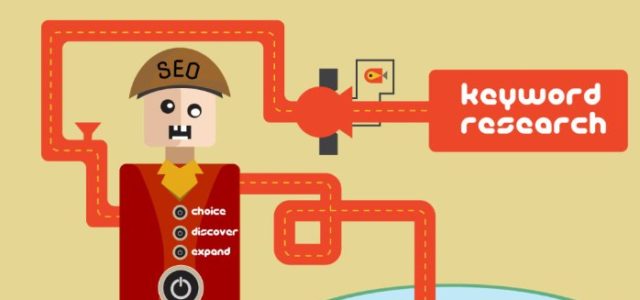I’m always delighted when this interview series gives me occasion to talk with really progressive business leaders who are raising the bar within their organizations and within their industries. This interview with Alfredo C. Tan, Chief Marketing and Digital Officer at Canadian airline WestJet is a particular delight.
Firstly, Alfredo and I have been friends for more than a decade and his business pedigree, both in Canada and internationally, is unparalleled. Not only is he finishing a Masters Degree at the University of Toronto but he’s also an industry Professor at McMaster too. Not surprisingly, where there is an industry with a knotty growth challenge or emerging business model you can typically find Alfredo leading the charge.
Secondly, Alfredo’s unwavering belief in culture as a key business driver has been a consistent perspective that has only grown stronger as his assignments have grown in scale.
Finally, as the airline industry has been buffeted by the global COVID pandemic, there are few people more optimistic and enthusiastic than Alfredo about the role that innovation will have in ensuring the industry comes back stronger and more vibrant.
For international readers, WestJet is Canada’s second-largest airline after the national flag carrier Air Canada. Headquartered in Calgary Alberta, WestJet enjoys an enormously loyal employee base of WestJetters and a storied culture that is the envy of many organizations.
WestJet’s uniquely plucky personality and deep commitment to truly memorable customer experiences for every guest, which is what the airline calls its customers, is often compared to world-famous SouthWest Airlines in Texas. Having flown both airlines quite frequently, I can attest that the comparison is legitimate but there’s no denying that WestJet has built a culture and service ethos that is uniquely theirs.
HB: Always a pleasure to catch up my friend. I see that you’ve recently added the Marketing and Research & Insights functions to your existing CDO role at WestJet. That’s a significant portfolio. Congratulations!
AT: Thank you, Hilton. This was a recent development and, as the overlap between the three areas of marketing, innovation and digital became more obvious at WestJet, it makes sense to have all those areas centralized in one group. It’s an amazing portfolio and it means that we now can look at the entirety of our guest experience today, and what it will be in the future, as one cohesive group. It’s exciting and I’m looking forward to getting deeply involved and continuing to move us forward.
HB: That’s fantastic and, as you say, centralizing those functions makes a lot of sense. Can you give me a deeper sense of your new responsibilities at WestJet?
AT: Absolutely. I’m taking over responsibility for imagining and delivering the end-to-end guest experience in the airplane, the lounges and our airports as well. This is in addition to all the work our team has been doing since I joined the airline to create a world-class (digital) experience at every moment in our guest’s journey with us. I’m very flattered by the confidence that our CEO, Ed Sims has placed in me but, at the same time, WestJet and the entire airline industry has taken a significant battering with COVID-19 where about 95 per cent of our guest traffic dried up and we continue to struggle with the ongoing restrictions on air travel nationally and globally.
I’m very excited by the opportunity however it is a little bittersweet amidst everything going on in the industry. Rest assured, we are working with our regulators and getting advice from top industry experts to ensure that air travel has every available measure in place to keep our guests safe. It’s another challenge that we will tackle and I’m confident we’ll conquer.
On the personal side, like many Canadian immigrants, I do feel incredibly lucky to live in this country and being able to enjoy the career I have had so far. I genuinely think I have had a fairy-tale career because I’m doing things that I love to do, and I get to do it with some truly incredible people.
HB: We met over a decade ago when you were one of the senior leaders running Facebook here in Canada before taking on leadership roles in Latin America and Asia Pacfic. Can you tell me what attracted you to this particular role at WestJet and, knowing you, what was the unique opportunity you saw here at WestJet?
AT: Sure. A friend and mentor told me once that you should always leave an organization on a high as opposed to on your way down. That’s how I felt coming back to Canada after a number of roles building Facebook here before taking on stints in Southeast Asia and Latin America. It felt like the right time to move on and I was really looking forward to taking a little time off to contemplate what was next.
Fast forward a few months and an executive recruiter reached out to see if I could recommend anyone for a senior digital role at an unnamed Canadian airline. I gave her several names but counselled her that none of them would leave their current senior digital roles, especially to work for an airline. In my mind, many would be hard-pressed to leave an environment where the role of digital was firmly established to go to an industry where digital was growing in importance but certainly wasn’t yet seen as a critical business driver. I thought, erroneously as it turned out, that trying to build a digital competency inside a Canadian airline was going to be a constant uphill battle for budget, resources and credibility. I must admit I admire the recruiter (Kara Watson) for her tenacity because she convinced me that I should apply for the role at WestJet regardless and just listen to what the organization wanted.
With some skepticism, I accepted and jumped on a video call with the Chief Information Officer Craig MacCubbin and Ed Sims who, at the time was the Chief Commercial Officer and is now our CEO. I remember wearing nice jeans and a hoodie, not intending to be controversial, but mostly to see if they were going to pay attention to our conversation more than what I was wearing. In some ways, it was my first real interaction with the WestJet culture. I thoroughly enjoyed the debate and discussion with them both. And no, they did not pay any attention to the hoody. <Laughs>
From that initial video call, I soon travelled out to Calgary to meet more of the Executive Team and to get a flavour for the people and the culture at the airline. Ultimately what got me to join, despite all my initial reservations, was the culture. In some ways it didn’t really matter whether I truly believed they were going to genuinely make the kind of investment in digital I thought was necessary or not. It just felt like, at that moment, WestJet was going to be a great place to contribute a lot and learn a lot in the process. So, I said to myself “I’m gonna take it. I’m gonna give this a shot. It’s a new experience for me and new experience for them. And we’ll just figure it out along the way.” How else would I know if everything they were promising was going to be true if I didn’t take the leap? And, in the two and a half years since I’ve been here, the people and the experience at WestJet has been some of the most rewarding times of my career.
HB: I’m delighted, though not surprised, that you mentioned the WestJet culture as part of the lure of this role. Can you talk about that, particularly through the lens of the culture you were looking to influence coming in as Chief Digital & Innovation Officer?
AT: Of course, <Laughs> I am happy to. First, I think its important to give you a sense of our culture overall. You know culture is one of those things that if you walked into Facebook or Google, you may not be able to describe it right away, but you can feel which company you’re at. It’s probably no different here at WestJet or any other large company when you walk in, you’re like, okay I get it. Here it genuinely feels like the people are simply caring, kind-hearted people. Everyone you meet is so welcoming and wants to help and it shows in how we focus on our guests and how we treat our people. Working here feels the same as when you take one of our flights. Everyone is driven, passionate, and smart, but also just caring, considerate, ambitious, smart people.
Now here’s the rub; the way true digital companies operate, and the way airlines work aren’t exactly aligned to begin with. So, if our mandate was to build great digital products, great consumer experiences, and also drive commercial revenue then we’d have to start behaving more like a digital company within the existing culture of the airline. In essence, a kind of subculture within WestJet’s well-established culture.
A critical first step was defining a set of guiding principles that the team was going to operate under and use that as a metaphorical North Star for how we measured our performance, how we behaved and how we recruited new team members.
This is controversial but think of it this way. The rigor, and process, zero risk tolerance, no experimentation, safety above all is critical in the operations of an airline. But in a digital world, risk-taking, experimentation, speed of decision making and questioning almost everything is embraced. So you need to strike a balance between those two extremes.
Here’s some examples. One of the six principles is believe it, before you see it. Most traditional companies will say, I will only believe that after I see it. So, in order to imagine what the future looks like, you have to build it but before you build it you need to passionately believe in it first.
Another is fail fast, learn fast. For us it was about ensuring there were real constructs, reward systems and incentives to allow people to actually fail fast and learn fast. That was crucial or it’s just a nice poster up on the wall and everyone shies away from experimentation.
The other one is data wins over hierarchy. Again, most traditional companies are still hierarchically driven. That’s why an intern typically doesn’t get a voice in a debate the same way that a director does. How do we change that? Well, it is by operating in a way that if there’s universal access to data and information and insight, maybe that intern can overrule a director’s decision or even my own.
The others are transparency over power, which is about ensuring information gets disseminated as quickly as possible so decision making can be distributed as opposed to sitting with just one person. Then focus on what matters which, at its simplest, tries to encapsulate that it’s not about the input, it’s all about the output and how you drove that output so others can learn.
The last one is act with a sense of urgency so that you don’t behave like you have five years to do something, think like you only have 18 months.
So, we crafted these principles to drive the cultural change we needed on my team. It wasn’t because the existing WestJet culture was poor in any way, far from it, but we needed a different set of behaviours within the area we were building. That’s the crucial differentiator – within the area we were building. It would be lunacy to expect our colleagues who deal with the safety of our equipment to live by these principles or behaviours, but our department needed a different operating model if we were going to succeed. Ultimately, I was tasked with creating a new way of working inside the organization so we could be this great digital organization that could drive transformation, create better guest experiences and improve commercial performance.
HB: That’s great context. How has this “experiment” panned out and how has it evolved?
AT: We’ve had two and a half years to evolve and refine this but, without question, I would say we’ve succeeded in what we set out to do. But we are just getting started. I look at the scope of the team, what we’ve been asked to tackle and the increased breadth of areas we’ve been given as clear signs we are successful. In real terms, the team has taken on more of the technology stack. The entire marketing organization is also moving over everything from brand product, destination marketing, trade marketing, sponsorship, retail marketing, digital marketing, market research & guest insights now falls in with our remit because there’s a desire to take what we’ve done here and apply it to other parts of the organization.
HB: At the risk of sounding too pithy, what this story exemplifies for me is how developing a new set of behaviors can create new outcomes and a new approach to problem solving and decision making. Am I making that way too simple?
AT: Absolutely right, Hilton but as you know it’s one thing to say these things, it’s another to try embedding them inside the organization and yet another for them to become the accepted way of behaving. Each of those steps needs commitment and it requires working through the hurdles and objections because you’re changing the status quo and it’s not easy to do.
Let me give you a real example to illustrate the point.
When I first joined WestJet there was no work from home policy. In fact, there was a degree of stigma around it which may explain why it hadn’t taken off. This struck me as a perfect use case to prove that our team was going to live up to our new principles and show the organization how we were going to be the experimentative group.
To really push the point, I wanted us to create something broader and deeper than just a work from home program, I wanted to create a work from anywhere program that could have a ripple across the entire organization. We started with an obvious benefit all airline employees enjoy – the ability to travel anywhere at a reduced cost. Now what happens if we said we’d be okay if you worked remotely from there if you wanted to stay an extra week. Now we have an employee who looks like a star to their family because they’re getting an extended vacation and the result is that the employee is more engaged and enthused because we’ve given them that additional level of empowerment.
That’s one aspect of it – the rewards component – but equally important was doubling down on the accountability component. Our principles set out an expectation that our teams will experiment and run new and interesting projects constantly so it became equally important to have a way of understanding just how many experiments were being run by the team and how we were living up to the fail fast, learn fast principle.
The cultural evolution we’ve gone through is how to make these principles real and live inside the organization. How do you attach real rewards, real accountability, real measurements so you can demonstrate them in action rather than being a set of words? That’s the critical work and, in our case, that’s taken over two years to perfect.
The great thing is, now that we can point to real examples, this becomes a differentiator for us in hiring and retaining great talent because they can see when we talk about our culture there’s real proof behind it.
And now if you look at what is happening around the world as a result of Covid-19, our experiment 2.5 years ago doesn’t seem that radical. But it certainly felt pretty radical at the time.
HB: Great examples Alfredo and its music to my ears to hear you articulate this as a differentiator and a competitive advantage.
AT: Absolutely but I’d be a little more aggressive here and say its every company’s competitive advantage. I’ve always thought of this as a sports car analogy. You have a Ferrari and I have a Mazda 6, but what if I’m a great driver and you’re just adequate, it doesn’t matter that you have a Ferrari right? My skills and my capabilities are what really gives a company their competitive advantage, right? And culture is what allows that to come out in the best way possible. Look at almost any industry today, the “tools” of those industries, be it planes, engineering, logistics or even the technology they deploy, are all pretty much the same.
It’s how you assemble the people to do the work, that’s the real competitive advantage. To continue the thought if you look at strategy on one extreme and execution on the other, what closes the gap between strategy and execution is leadership, people and culture. That’s the fastest way to close that chasm between strategy and execution and it’s where most leaders should spend most of their time.
Look at me for example, I’m the new Chief Marketing and Digital Officer but I know 80 per cent of my time isn’t spent on digital or marketing stuff. It’s spent on the people, strategy and the culture and getting that part right. That’s what will matter in the end. Not how many new features we deployed.
Here’s another example of using those principles to drive the right or desired behaviours. Recently I found out that a developer on my team had built a new feature in our booking app that wasn’t on the roadmap. He was just sitting around thinking that people will enjoy this feature if we had it. He didn’t ask for permission to do it, he just did it in collaboration with his team and everyone loved it. That’s the type of culture you want where someone who’s super smart has the competency but, and this is critical, then the culture genuinely enables him to do what he’s great at. In truth we didn’t pay him more, he just did it because he thought it was the right thing to do.
Now, under a different cultural circumstance he would have said, no, I’m going to get in trouble for doing this so I’m going to wait to be told to build this thing. I imagine that every company wants a person like that and the smartest one’s are those that give that person the space to do it.
We’re all familiar with the story about how Kodak lost the race to digital film despite having the technology already inside the company. However, the guy who invented it was told repeatedly he couldn’t bring it to market because it would kill the company cash cow. That’s a classic example of culture stifling innovation not, as many people believe, that they were asleep at the wheel.
I truly believe often companies don’t necessarily fail because of the outside competition. It’s the paralysis of bureaucracy and the lack of decision making internally that is often the cause of their demise. It isn’t because there was an outside company that destroyed them. They were already destroying themselves.
HB: That’s an excellent observation. I’m going to switch gears to something topical. The airline industry has been impacted significantly by COVID, some reports peg the revenue loss across the industry at more than 70 per cent. In that kind of turbulent market, do you see culture as an aid to business recovery or business resilience?
AT: Interesting question and one that WestJet, like every other airline globally, has been faced with since the start of March. With the dramatic impact to our guest count and with our flying reduced by around 80 per cent (it was 95 per cent reduced in April), I think our business recovery is going to rely a tremendous amount on the culture and its resilience. I’ll give you an example. Most airlines are having to put people on permanent layoffs or reduced work or some sort of restructuring of teams, right? Everyone has had to do this. Airbnb had to do it. LinkedIn had to do it.
The culture though will define how you do it and that matters enormously because when the recovery eventually happens and you start to bring people back, is your place representative of a value system that will make talent want to come back or not? Culture has a tremendous role to play because how you treat people during the worst economic event in memory is a direct reflection of your brand, and people have long memories about how they were treated or what they heard about how other brands treated their people.
Culture is also what’s going to help you define how you work, how you get through the difficult times, how you organize and deliver the capabilities you need to drive commercial performance and, in our industry, create a positive guest experience.
I would argue that culture matters more now than it ever did.
HB: Considering your title, and your earlier example of the colleague who just went ahead and built a new guest experience because it was the right thing to do, can you comment on the notion of innovation culture? Is there such a thing?
AT: Great question. I think a lot of companies get caught up with the “innovation” word because its hot and topical but its typically so poorly defined that it has, unfortunately, lost some of its significance. Case in point some organizations would consider a 0.5 per cent improvement in their widget an innovation while others would see that merely as continuous improvement.
For most organizations when they talk innovation, they mean the “disruptive innovation” which is UBER being better than the taxi industry and creating an entirely new way to have transportation or Netflix disrupting the delivery of entertainment over Blockbuster. So how you define it matters enormously. So, when people say they want to create a culture of innovation they’re often referring to wanting to replicate the model of a Facebook, Amazon, Netflix, or Google, where innovation is central to how the company operates daily. That’s not a culture of innovation, that’s just their culture. For me I don’t think you need to have a culture of innovation, you just need to have a culture that drives innovation or doesn’t stifle it when it occurs.
HB: One thing I’ve picked up on during our chat is this recurring theme about being very intentional and very deliberate about your culture. Would you care to elaborate on that?
AT: That’s 100 per cent accurate. Let me use a health and wellness analogy. Nobody wakes up and says, “I want to have a terrible culture” just like nobody wakes up and says, “I want to be out of shape and increase my chances of cardiovascular disease.” The thing is if you want to be healthy, live a long life and be in shape then the actions and choices you make every day have to be deliberate and guided by that objective. If it was easy, everybody would look like Dwayne “The Rock” Johnson.
Similarly, I think culture doesn’t just happen. It has to be thoughtful, it has to be thought about the same way you think about strategy. It has to be something you obsess over the same way you obsess over creating your business strategy.
HB: Who doesn’t like “The Rock” but your point about being deliberate and intentional in those daily choices about culture and strategy really resonates with me. In closing is there any final thoughts you’d want to share with readers facing similar challenges amidst this pandemic?
AT: Sure, the first one is pretty obvious but the need for support from the corner office is crucial. As important as the culture aspects around the water cooler are, we’d never have been able to push the culture, and the organization, as far as we did without buy-in at the most senior levels. That’s obvious but it’s a critical point to remember and its pretty much non-negotiable. The other thing is about accountability and holding people accountable. If you want to see genuine behaviours manifested in real, deliberate actions then you need a mechanism whereby people can call out behaviours that are inconsistent or damaging. That’s real accountability.
A close personal one for me is don’t assume that the technology is the driver of innovation. People conflate innovation and technology all the time, they’re related but they’re mutually independent. It’s actually the people and the culture that drives the innovation, just think about companies like Nike, PIXAR or Disney, all very innovative but you wouldn’t think of them as technology companies, would you? Final one, again quite obvious but missed by many leaders in my opinion, is that culture requires you thinking about the long game and being committed to it.
Culture isn’t a fad, nor is it a quick fix. If you truly want to see the results and the pay-off of a great culture, you have to remain committed to it.
HB: Don’t you mean “deliberate and intentional” Alfredo?
AT: <Laughs> Yes, I suppose that’s exactly right. You have to be intentional and deliberate about your culture.
HB: Always a pleasure Alfredo. Thank you as always for the time and the great conversation. Take care mate.
AT: My pleasure. Good talking with you.
Article by channel:
Everything you need to know about Digital Transformation
The best articles, news and events direct to your inbox


